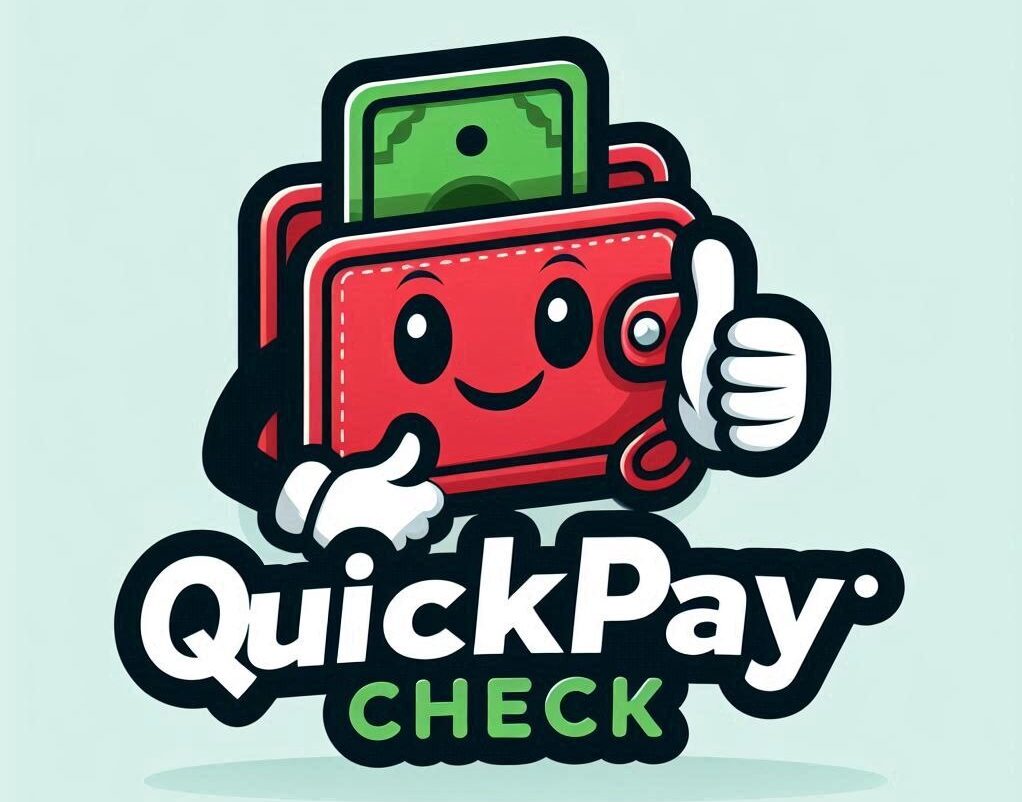Duolingo is a free, gamified language learning platform that has revolutionized how people approach foreign language acquisition. This innovative app combines bite-sized lessons, interactive exercises, and a reward system to make learning a new language both fun and effective. In this guide, we’ll explore the ins and outs of Duolingo, its features, and how it’s changing the landscape of language education.
Introduction to Duolingo
The Concept Behind Duolingo
At its core, Duolingo aims to make language learning accessible to everyone. The app’s founders believed that free education could change the world, and they set out to create a platform that would break down barriers to language acquisition.
Duolingo’s approach is simple yet powerful. It turns language learning into a game, complete with levels, points, and rewards. This gamification keeps users engaged and motivated, encouraging them to practice daily and steadily improve their skills.
Brief History and Founders
Luis von Ahn and Severin Hacker founded Duolingo in 2011. Von Ahn, a computer science professor at Carnegie Mellon University, is also known for creating CAPTCHA and reCAPTCHA. The duo’s vision was to develop a free language learning tool that could rival expensive software and traditional classroom methods.
Since its launch, Duolingo has grown exponentially. It now boasts millions of active users worldwide and offers courses in over 40 languages. The app’s success has made it a household name in the world of language learning.
How Duolingo Works
The Gamified Learning Approach
Duolingo’s success lies in its ability to make language learning feel like a game. Users earn experience points (XP) for completing lessons and maintaining daily streaks. They can also compete with friends, join leagues, and earn virtual currency called “lingots” or “gems.”
This game-like structure taps into our natural desire for achievement and competition. It keeps learners coming back day after day, fostering consistent practice – a key factor in successful language acquisition.
Course Structure and Lesson Types
Duolingo organizes its courses into skills, represented by colorful icons on a learning tree. Each skill focuses on a specific grammar concept or vocabulary theme. Users progress through the tree, unlocking new skills as they master previous ones.
Lessons come in various formats:
- Translation exercises
- Listening comprehension
- Speaking practice
- Multiple-choice questions
- Fill-in-the-blank activities
This variety keeps learners engaged and helps reinforce language concepts through different modalities.
Duolingo’s Unique Features
Several features set Duolingo apart from other language learning apps:
- Stories: Short, interactive narratives that improve reading and listening comprehension.
- Podcasts: Available for select languages, these help with advanced listening skills.
- Events: In-app challenges and global competitions to motivate learners.
- Duolingo Plus: A premium version offering additional features and an ad-free experience.
These features create a well-rounded learning experience that caters to different learning styles and proficiency levels.
Languages Offered on Duolingo
Popular Language Courses
Duolingo offers courses in many widely spoken languages, including:
- Spanish
- French
- German
- Italian
- Portuguese
- Japanese
- Chinese (Mandarin)
These courses are among the most popular and well-developed on the platform, with extensive lesson content and additional features like Stories and Podcasts.
Less Common Languages and Constructed Languages
One of Duolingo’s strengths is its diverse language offerings. Beyond major world languages, users can learn:
- Indigenous languages like Hawaiian and Navajo
- Less commonly taught languages such as Welsh and Swahili
- Constructed languages like Esperanto and Klingon
This variety allows learners to explore niche interests and preserve endangered languages.
The Science Behind Duolingo
Research-Backed Teaching Methods
Duolingo’s approach is grounded in scientific research on language acquisition. The app uses spaced repetition, a technique that presents material at increasing intervals to optimize long-term retention. This method ensures that learners review content just as they’re about to forget it, reinforcing their memory.
The platform also employs the principle of implicit learning, where users pick up grammar rules through exposure and practice rather than explicit instruction. This mimics how children naturally acquire language and can be more effective for adult learners.
Artificial Intelligence and Personalized Learning
Duolingo leverages artificial intelligence to create a personalized learning experience. The app’s algorithms analyze user performance and adapt lesson difficulty accordingly. This ensures that learners are constantly challenged but not overwhelmed.
AI also powers Duolingo’s speech recognition technology, allowing users to practice pronunciation and receive immediate feedback. As the technology improves, so does the accuracy and effectiveness of these speaking exercises.
Duolingo’s Free vs. Paid Options
What’s Included in the Free Version
Duolingo’s core features are available for free, including:
- All language courses and lessons
- Basic Stories (for select languages)
- Discussion forums
- Leaderboards and leagues
This free access aligns with the founders’ mission to provide education to everyone, regardless of financial status.
Benefits of Duolingo Plus (Super Duolingo)
For those seeking additional features, Duolingo offers a premium subscription called Duolingo Plus (recently rebranded as Super Duolingo). Benefits include:
- Ad-free experience
- Offline access to lessons
- Unlimited hearts (attempts)
- Progress quizzes
- Mastery quizzes
- Legendary level access
While not necessary for learning, these features can enhance the experience for dedicated users.
Effectiveness of Duolingo for Language Learning
Strengths and Limitations
Duolingo’s strengths lie in its accessibility, engaging format, and ability to build a consistent learning habit. It’s particularly effective for:
- Building basic vocabulary
- Developing reading and listening skills
- Maintaining motivation through gamification
However, Duolingo has limitations:
- Less emphasis on speaking practice
- Limited explanation of grammar concepts
- May not prepare learners for real-world conversations
For best results, many users complement Duolingo with other resources or language exchange opportunities.
User Success Stories
Despite its limitations, many users have achieved significant progress with Duolingo. Some have used it to:
- Prepare for trips abroad
- Pass language proficiency tests
- Reconnect with their heritage languages
- Develop a foundation for further language study
These success stories highlight Duolingo’s potential as a starting point or supplement in language learning journeys.
Duolingo for Different User Groups
Duolingo for Students and Schools
Recognizing the potential for classroom use, Duolingo created Duolingo for Schools. This free platform allows teachers to:
- Assign homework
- Track student progress
- Integrate Duolingo into their curriculum
Many schools have adopted Duolingo as a supplementary tool, especially for distance learning scenarios.
Duolingo for Adult Learners
Adult learners appreciate Duolingo’s flexibility and low-pressure approach. The app allows them to:
- Learn at their own pace
- Fit language study into busy schedules
- Explore new languages without significant financial investment
For many adults, Duolingo serves as an entry point to more serious language study.
Duolingo for Travel Preparation
Travelers often turn to Duolingo to learn essential phrases before trips. The app’s travel-themed lessons cover topics like:
- Ordering food
- Asking for directions
- Making hotel reservations
While not a substitute for immersion, Duolingo can help travelers feel more confident and prepared.
Additional Duolingo Products and Services
Duolingo English Test
The Duolingo English Test is a computer-adaptive language assessment. It offers:
- Quick results (within 48 hours)
- Affordable pricing
- Acceptance by many universities worldwide
This test has gained popularity as an alternative to traditional English proficiency exams like TOEFL and IELTS.
Duolingo ABC
Aimed at young learners, Duolingo ABC teaches reading and writing skills in English. It features:
- Interactive lessons
- Phonics-based instruction
- Gamified learning experience
This app extends Duolingo’s reach to early childhood education.
Duolingo Math
Recently launched, Duolingo Math applies the company’s gamified approach to mathematics education. It offers:
- Elementary math skills practice
- Brain training for adults
- Engaging, colorful interface
This expansion demonstrates Duolingo’s ambition to broaden its educational impact beyond languages.
Tips for Maximizing Your Duolingo Experience
Setting Realistic Goals
To get the most out of Duolingo:
- Set a daily XP goal that fits your schedule
- Use the streak feature to build consistency
- Join a league for extra motivation
- Celebrate small victories along the way
Remember, language learning is a marathon, not a sprint. Consistent, manageable practice yields better results than sporadic intense sessions.
Complementing Duolingo with Other Resources
While Duolingo provides a strong foundation, consider supplementing with:
- Language exchange apps for conversation practice
- Grammar books or websites for in-depth explanations
- Podcasts or YouTube channels for immersion
- Traditional classes or tutoring for structured learning
This multi-faceted approach can lead to more well-rounded language skills.
Duolingo’s Impact on Language Learning and Education
Accessibility and Democratization of Language Learning
Duolingo has made language learning more accessible than ever before. Its impact includes:
- Providing free education to millions worldwide
- Preserving endangered languages
- Lowering barriers to entry for language learners
This democratization of language education aligns with the founders’ vision of free, universal access to knowledge.
Influence on EdTech and Language Learning Apps
Duolingo’s success has inspired numerous other educational technology ventures. Its influence is seen in:
- The rise of gamified learning apps across subjects
- Increased use of AI in education
- Growing acceptance of mobile learning tools
As Duolingo continues to innovate, it’s likely to shape the future of digital education further.
Conclusion: Is Duolingo Right for You?
Duolingo offers a fun, accessible way to start learning a new language or brush up on existing skills. Its gamified approach and scientific backing make it an effective tool for building basic language proficiency.
However, it’s important to approach Duolingo with realistic expectations. While it can provide a strong foundation, it’s most effective when combined with other resources and real-world practice.
Whether you’re a student, professional, traveler, or simply curious about languages, Duolingo can be a valuable part of your learning journey. Its free access and engaging format make it easy to try without risk.
As language skills become increasingly valuable in our globalized world, tools like Duolingo play a crucial role in breaking down linguistic barriers. By making language learning accessible and enjoyable, Duolingo is helping to create a more connected, multilingual global community.






